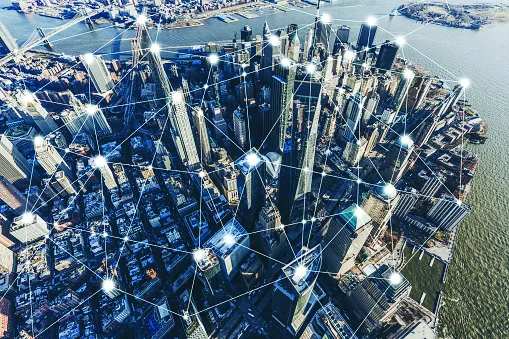Early on in discussions with new customers, the Cleartrace team often gets asked what the difference is between procuring 100% renewable energy and 24/7 carbon-free energy (CFE). In short, reaching 100% renewable energy can be achieved more easily than the higher bar of 24/7 CFE, but in a way that makes it more difficult to prove carbon impacts, by virtue of how renewable energy credits (RECs) work.
The old paradigm: 100% renewables aka RE100
Compared to 24/7 CFE, a company claiming they are procuring 100% renewable energy means that on an annual basis, the energy a company consumes is matched with renewable energy sources.
This is usually accomplished by purchasing RECs (Renewable Energy Credits), which are produced by a clean energy producing power plant, and then “retired” when the power is purchased and claimed by the buyer to offset the use of electricity from the grid, which may be generated from a range of local power resources.
Although RECs are a good first step towards supporting renewable energy, they allow companies to claim that all of their energy is renewable despite the fact that an organization can still be using energy generated in part or in full from fossil fuels, drawn from the local grid where their facilities operate. This is because “unbundled” RECs do not necessarily take into account factors like time and location when measuring generation vs. consumption. (For example, a company can purchase RECs from a wind farm in Texas for facilities they operate in Rhode Island, but its facilities still must draw power from the grid in Rhode Island to operate, whatever the generation mix is in that state or region.)
Recent peer-reviewed studies – most recently a paper published in Nature Climate Change – found that companies relying relying on RECs as offsets for their carbon emissions from energy use were likely overestimating the climate impacts resulting from their purchase. The paper, submitted by researchers from Concordia University and University of Edinburgh found that “widespread use of RECs by companies with science-based targets has led to an inflated estimate of the effectiveness of mitigation efforts,” and the authors suggested that accounting guidelines should be revised to require companies to report only real emission reductions for them to be counted towards the meeting of science-based targets.
To overcome the risk of greenwashing – when a company purposefully reports climate-conscious choices without operating in a fully sustainable way – more companies are now committing to powering their operations with constant carbon-free energy, or 24/7 CFE.
The new bar: 24/7 CFE
24/7 CFE fixes the time and location problems associated with RECs by matching energy production and consumption on an hourly basis. Organizations working towards 24/7 CFE focus on procuring clean energy from facilities located closer to their facilities – or even build their own solar, wind or hybrid power plants integrating battery storage onsite or nearby to power their facilities. As a result, 24/7 CFE shifts the focus from offsetting emissions through RECs to time- and location-based energy procurement.
The rapid growth in not only renewable energy but technologies like energy storage, which enables energy to be stored and dispatched across more of the day, has emboldened companies to reach beyond simply purchasing RECs once and work to decarbonize every kilowatt-hour of energy they consume. In 2021, the United Nations worked with Sustainability Energy for All and Google to establish the U.N. 24/7 Carbon-Free Energy Compact, in which companies declare their intentions to pursue a 24/7 CFE path and collaborate to achieve it.
A range of companies including Cleartrace have helped advance this new approach, including working with EnergyTag to develop standards for hourly RECs including time and location metadata to serve as the basis for 24/7 CFE. Cleartrace continues to work with customers like JPMorgan Chase, Iron Mountain and Brookfield Properties to help them advance their 24/7 CFE goals in their operations.
Ready to go beyond the basics? Request a Cleartrace demo today to get started with a decarbonization expert.

